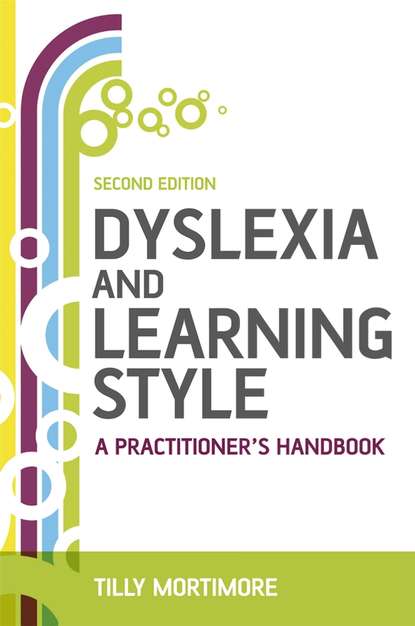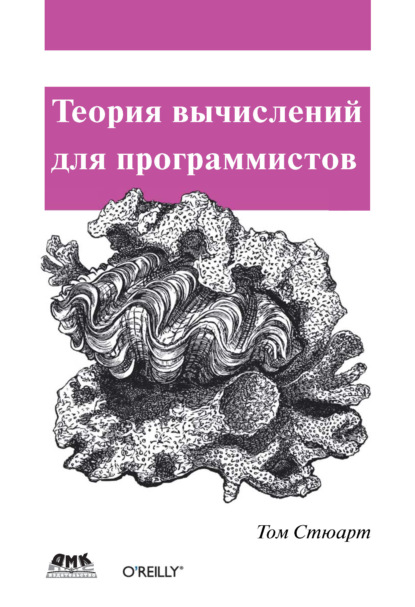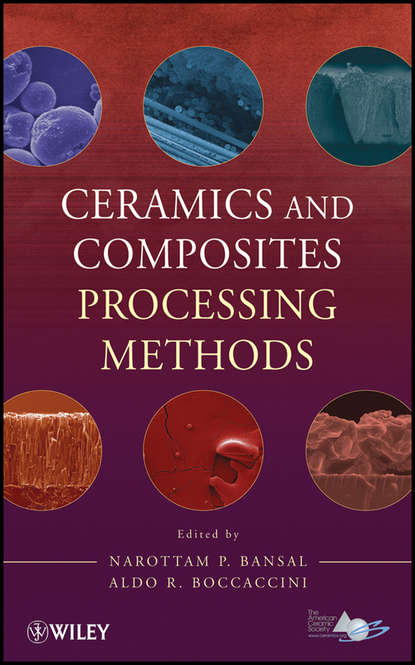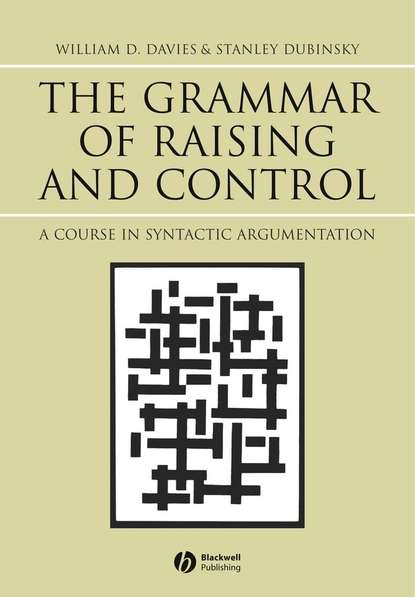В первой части этой практичной, но основанной на исследованиях книги было обновлено изучение новейших исследований в двух ключевых областях – дислексии и восприятия пациентов с дислексией, а также основных когнитивных и стилей обучения. В свете возникших противоречий в отношении использования теории стилей обучения на образовательной арене, в предложениях рассматриваются возможные способы ее использования для обучения и повышения успеваемости уязвимых учеников.
Вторая часть рассказывает о способах поддержать понимание и применение индивидуальных стилей учениками, предлагает практические стратегии для помощи учителям в адаптации материала к индивидуальным стилям обучения, а так же действенные методы обучения для развития гибкости и преуспевания студентов при подходе к обучению.
The first section of the well-referenced and practical volume, revised to encompass the latest research on dyslexia, the experiences related to dyslexia as well as major cognitive learning styles The controversial issues of utilising learning style as an approach in the education framework brings forward suggestions for enhancing its use in educational settings to bring about optimised learning conditions for underprivileged students The second portion offers a host of applications in harnessing individuals’ learning preferences along with tips on helping students internalise, store and peruse information across the curricula, as well as ideas to facilitate teachers in altering materials for diverse modes of acquiring knowledge and aiding students in developing a facilitating attitude and achieving success in their approaches.
Электронная Книга «Dyslexia and Learning Style» написана автором Группа авторов в году.
Минимальный возраст читателя: 0
Язык: Английский
ISBN: 9780470724392
Описание книги от Группа авторов
The first section of this research based but practical book has been updated to examine the most recent research in two key areas: dyslexia and the dyslexic experience and the major cognitive and learning styles. In the light of increased controversy around the use of learning style theory in the educational arena, suggestions are made as to ways in which these theories can be utilized to inform teaching and learning and maximize success for vulnerable learners. The second section provides a range of ways in which to enable learners to understand and utilize their individual styles along with techniques to help students to absorb, process and create responses to information across the curriculum; practical strategies to help teachers to adapt material to suit differing ways of learning and activities to help students to become more flexible and successful in their approach.



















